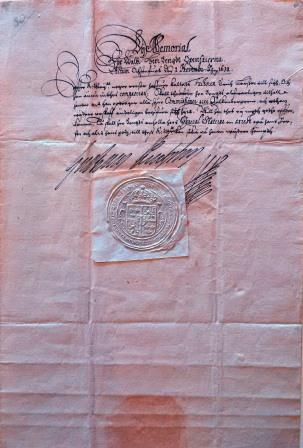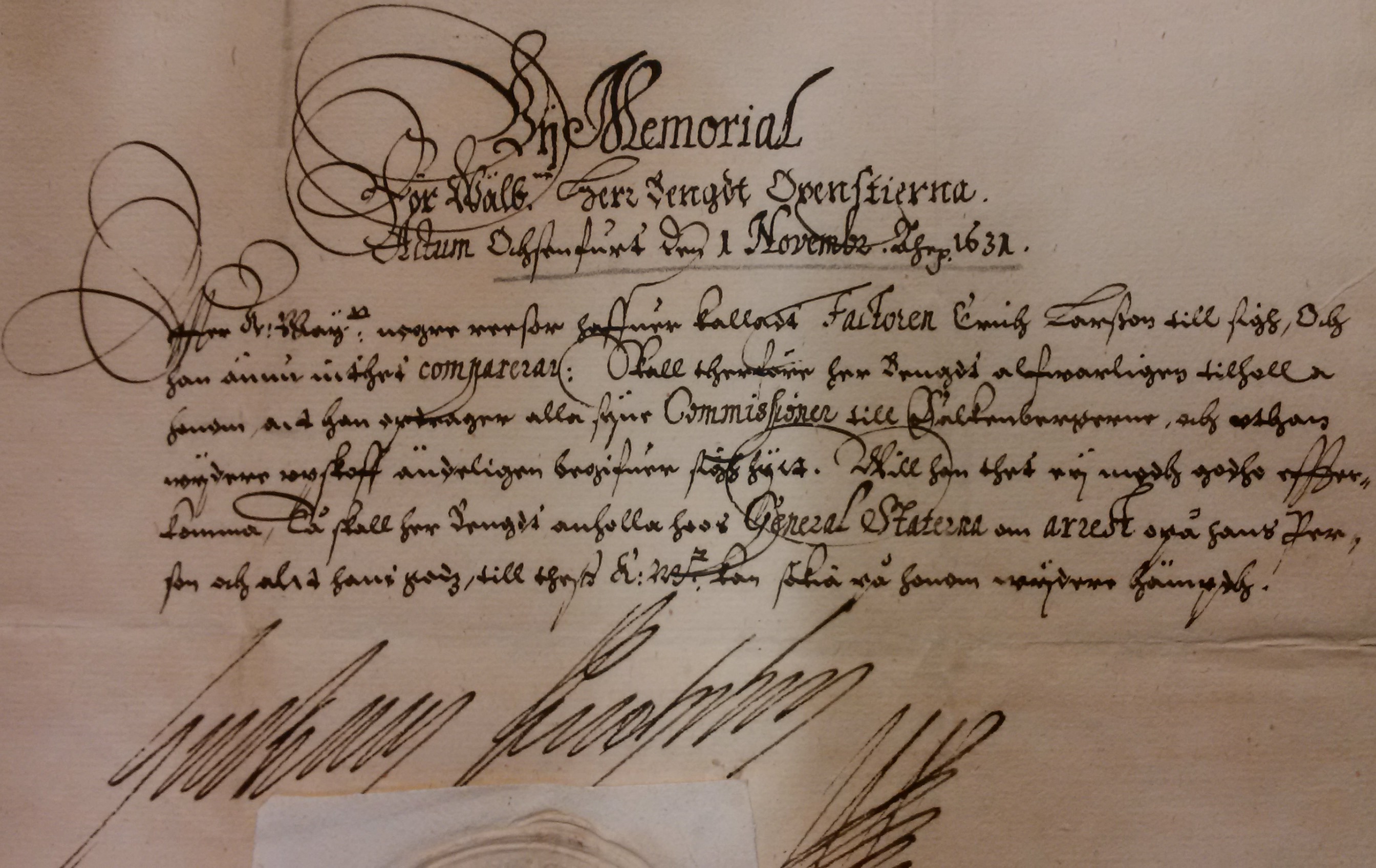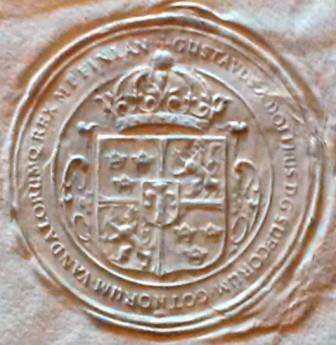By Daniel Tobias Hinchen, Reader Services
Many years ago as a college student enrolled in a Protestant Theology course, I was required to write a research paper on any topic related to the overall class. I chose to focus on Gustav II Adolf, or King Gustavus Adolphus of Sweden, the Lion of the North. During his reign, Gustavus and chancellor Axel Oxenstierna worked together to suspend the long-standing struggle between the monarch and the nobility which, in turn, allowed for some broad domestic political and social reforms.
Under Gustav II, Sweden saw the formation of its Supreme Court and the setting of its Treasury and Chancery as permanent administrative boards. In the second decade of his reign, Gustavus professionalized local government in Sweden, placing it under direct control of the crown; he promoted education through the formation of the Gymnasia, an effective provision for secondary education in the country; and he gave generously to the University of Uppsala. Despite all these important political and social reforms, however, Gustavus Adolphus is perhaps best remembered, especially outside of Sweden, as one of the most brilliant military minds in European history.
Through much of his reign, which began in 1611 and ran to 1632, the Thirty Years War (1618-1648) raged in Europe. This long-lasting conflict pitted Catholic forces aligned with the Holy Roman Empire against anti-Imperialist Protestant governments and supporters. By 1630 – as our fair city of Boston was founded – the ordeal was going poorly for German Protestants and their allies. It was around this time that the entry of Lutheran Sweden into the fray helped to turn the tide against the Holy Roman Empire. This reversal of fortunes is directly attributed to Gustavus and the military innovations he brought to the table, such as the first effective iteration of light artillery and the successful combination of infantry and cavalry.**
And you might be thinking to yourself, “But Dan, what does this have to do with the MHS?” I’m glad you asked.
I recently went to the stacks to retrieve a couple of documents from the Curtis Guild autograph collection. As I finger-walked through the folders, I saw one labeled with the name Gustavus Adolphus and was, of course, intrigued. In the folder is a document in fine, albeit small, handwriting. This item, headed with the phrase “In Memorial” and dated 1 November 1632, is signed and sealed by Gustavus Adolphus. Unfortunately, I am not able to make any sense of the text, aside from one or two names that stand out clearly (Oxenstierna being one).

Accompanying the document is another, written much later, which reads:
Gustavus Adolphus
Fine signature & seal
Signed Nov 1 1632
Just 5 days before his death at
the battle of Lutzen –


Seal (detail) reading “Gustavus Adolphus D.G. Suecorum Gothorum Vandalorum Q Rex M.P. Finlan”
Regular readers of the Beehive may recall that last year around this time I published a post about a document from the Charles Edward French autograph collection which dates from the 12th century and which I could not make any sense of. Thanks to our readers, within 24 hours we had a transcription, a translation, and contextual information about the quitclaim deed. I am putting up this document in the hope that we can, once again, get help from you out there in the world and learn more about it.
Are you familiar with 17th century Germanic languages? Can you provide any assistance in transcribing and translating this document? Maybe you know someone who does. If so, please leave a comment below!
_________
**While I wish my memory was so good as to remember all of this, I did use some outside help:
– Roberts, Michael, “Gustav II Adolf,” Encyclopedia Britannica online, https://www.britannica.com/biography/Gustav-II-Adolf (accessed 9 June 2017).

